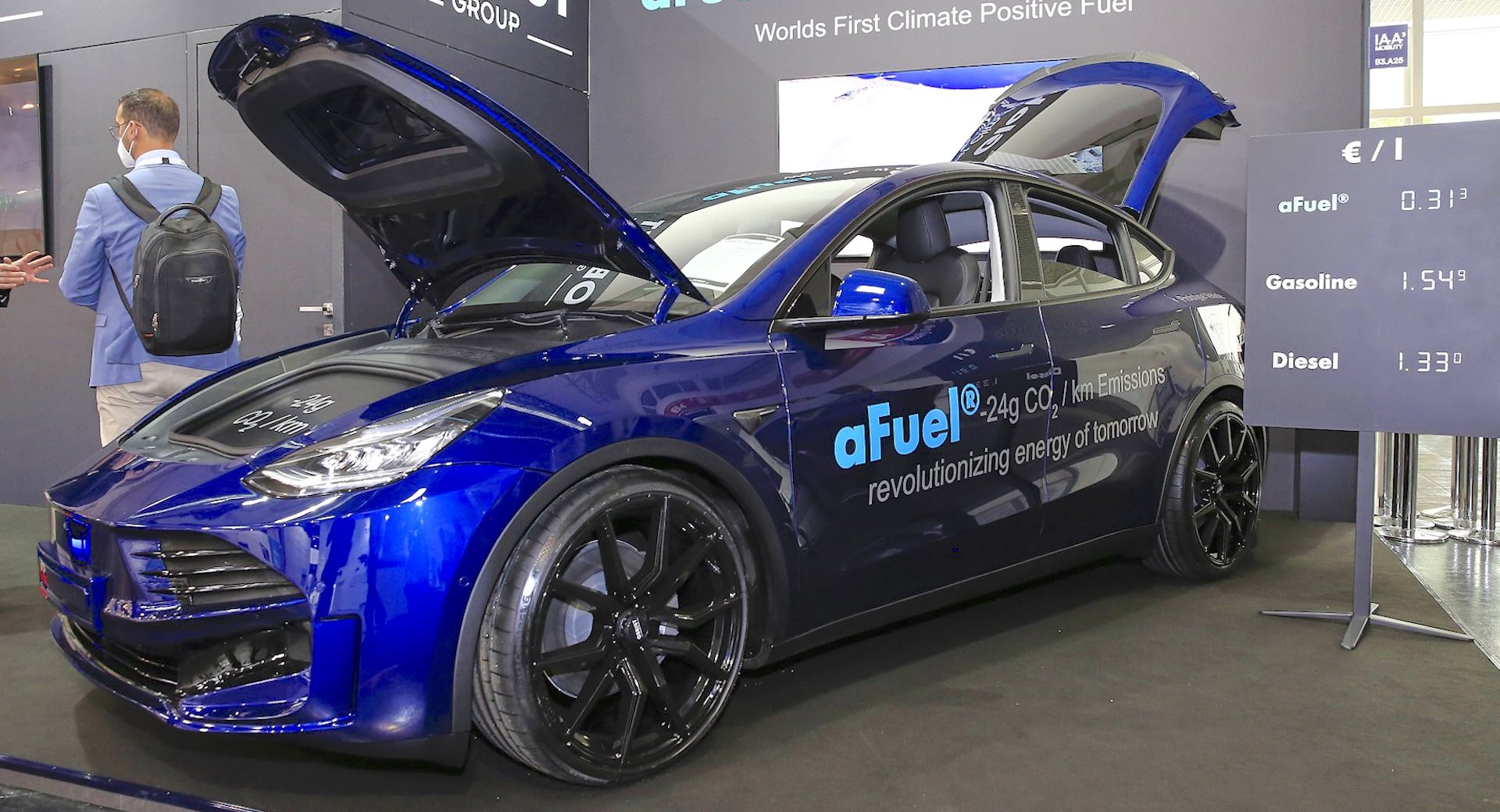European carmakers may soon have a new contender in the electric vehicle (EV) race, with a concept that disrupts the charging paradigm altogether. The Obrist HyperHybrid ditches bulky battery packs for a system that relies on refuelling with synthetic fuels, promising a familiar experience at the pump alongside environmental benefits.
Frank Obrist, inventor and founder of the Obrist Group, claims his HyperHybrid is ready for mass production. The concept hinges on a smaller, lighter battery that's supplemented by an efficient engine running on synthetic fuels, or e-fuels. These e-fuels are produced using renewable energy sources like solar or hydrogen, aiming to create a closed-loop system with minimal environmental impact.
Obrist emphasizes the HyperHybrid's potential to address a key pain point for EV adoption: charging times. Refueling a car with e-fuels is significantly faster than charging a battery, potentially making electric vehicles more appealing to a wider range of consumers, especially those accustomed to the convenience of gas stations.
Proponents of the Obrist HyperHybrid also tout its environmental benefits. The use of e-fuels eliminates the environmental impact associated with battery production, a process that often involves mining for rare earth materials. Additionally, the lighter weight of the HyperHybrid, due to its smaller battery, translates to lower emissions during the manufacturing stage and throughout the car's lifecycle.
While the Obrist HyperHybrid offers an intriguing alternative to current EV technology, there are still challenges to overcome. The widespread adoption of e-fuels hinges on the scalability and affordability of their production. Currently, e-fuels are a niche product, and significant infrastructure development would be required to make them a viable alternative to traditional gasoline.
Another hurdle lies in public perception. Consumers accustomed to the range and performance of gasoline-powered vehicles may be hesitant to embrace a technology with a yet-unknown refueling network and potentially shorter range on a single tank of e-fuels.
Obrist acknowledges these challenges but expresses confidence in the future of his technology. He believes that as concerns about climate change mount and regulations on emissions tighten, e-fuels will become increasingly attractive. Additionally, he highlights the potential for collaboration between car manufacturers and energy companies to create a robust e-fuel infrastructure.
The Obrist HyperHybrid presents a novel approach to electric mobility, and its potential production marks a significant development in the EV landscape. While challenges remain, the concept's focus on faster refueling times and a potentially lower environmental footprint could be a game-changer for EV adoption, offering consumers a more familiar and potentially eco-friendly alternative.
